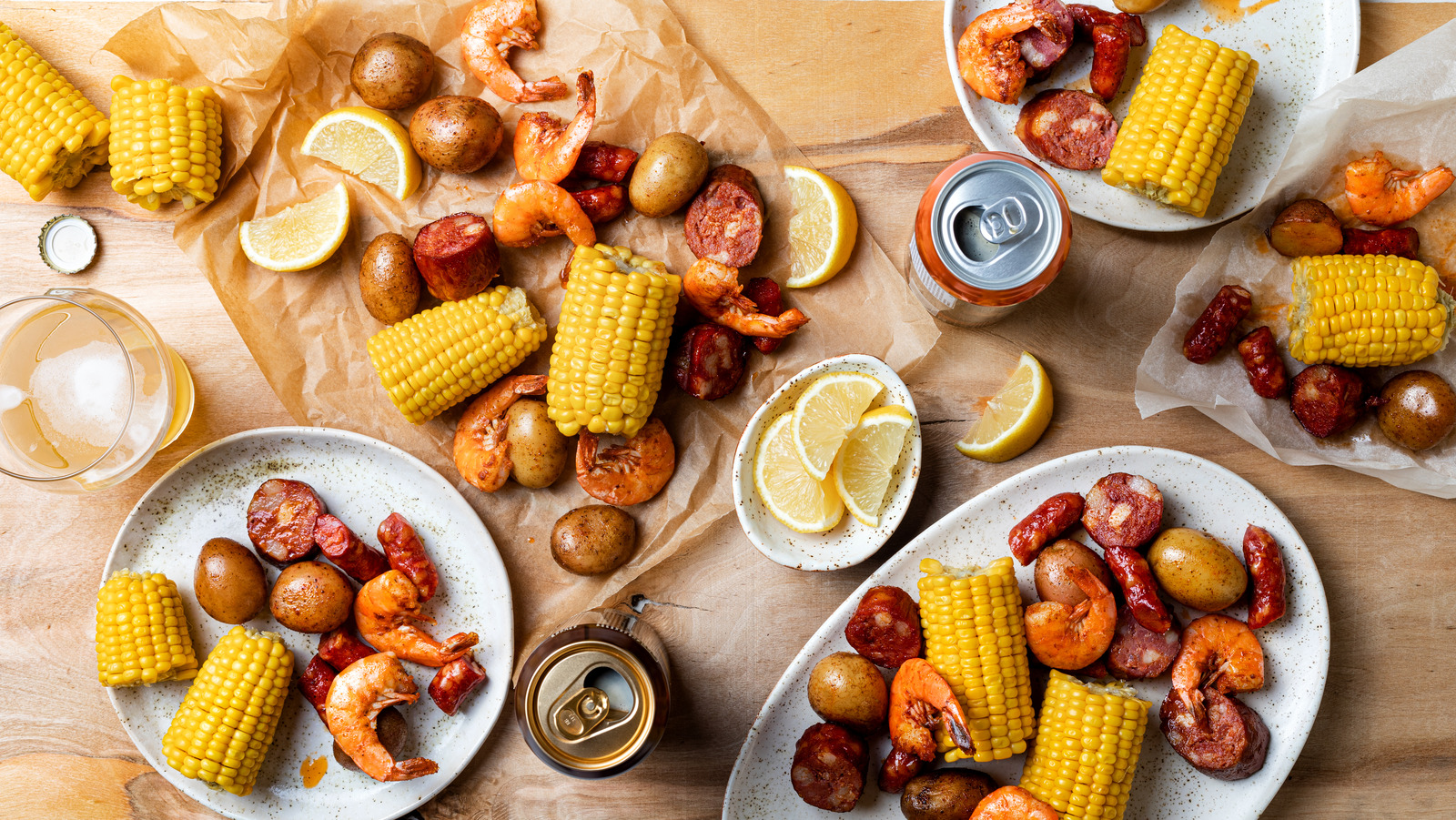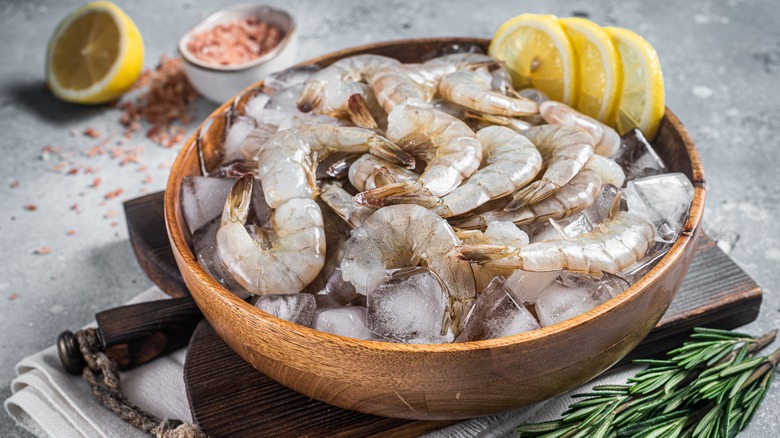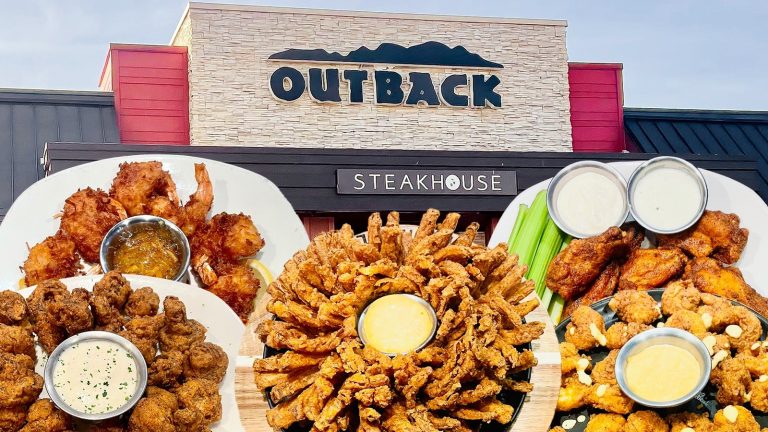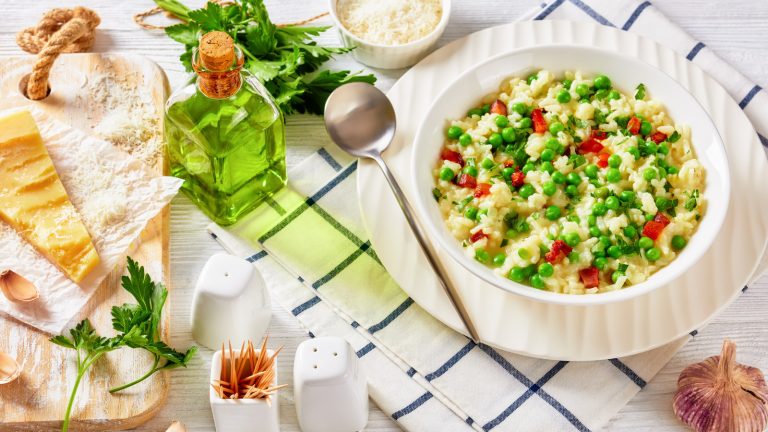Of all the hearty ingredients you need for a Low Country boil, shrimp is by far the most important. They’re more than just one of the primary proteins — they’re a vital source of flavor. We spoke with Debra Clark, recipe developer and founder of Bowl Me Over, to discuss the importance of shrimp in a boil and how to find the best ones to use.
“If you’re putting together a proper Low Country boil, you really want to go with shell-on shrimp and heads on too, if you can find them,” Clark told Food Republic. “The shells do more than just look the part, they lock in flavor and keep the shrimp from overcooking in that bubbling pot.” Low Country boils are absolutely packed with seasonings, so you don’t have to worry about shells preventing your shrimp from taking in all that flavor. This is especially true if you use orange juice, the water swap you need for extra flavorful boiled shrimp.
“And those heads are full of rich, briny goodness that add a real depth to the broth,” Clark continued. “I usually go for medium to large shrimp, around a 16/20 or 21/25 count, they hold their shape nicely and don’t go rubbery.” Larger shrimp can spend more time in the pot without overcooking, infusing them with your seasoning blend while also having more time to impart their own deliciousness to everything else. And for most people, any debate between fresh versus frozen shrimp is fairly unimportant.
Fresh versus frozen shrimp in a Low Country boil
Unless you live near the coast, “fresh” shrimp is nothing but a dream. “[Don’t] get too hung up on “fresh” unless you’re buying it directly from a boat or someone you trust,” Debra Clark told us. “Most of the shrimp in grocery store seafood cases were frozen at sea and just thawed for display.”
After a single day of being thawed, shrimp flesh starts to deteriorate and become mushy, so the fresh shrimp options at your grocery store may actually be worse than a high-quality frozen bag. “You’re often better off picking up a bag of good-quality frozen shrimp, thawing them yourself, and knowing exactly what you’re working with,” Clark said. “Look for wild-caught or responsibly farmed, and double-check that they’re not loaded with preservatives, which can mess with the texture.”
If you do opt for the frozen form of the seafood, just know that, yes, there is a correct way to thaw frozen shrimp. The U.S. Food and Drug Administration recommends allowing them to thaw overnight in the fridge to remove any chance of bacterial growth and keep their flesh nice and tasty. Once they’re thawed, they take practically no preparation at all, so you can keep them in the fridge until you’re ready. “When it’s time to boil, thaw them fully, give them a quick pat dry, and drop them in during the last couple minutes, just until they curl and turn that perfect pink,” the expert advised.






